Something Good #104: Pointing and Shooting
"My childhood memories are spotty, and largely coalesced around those images."

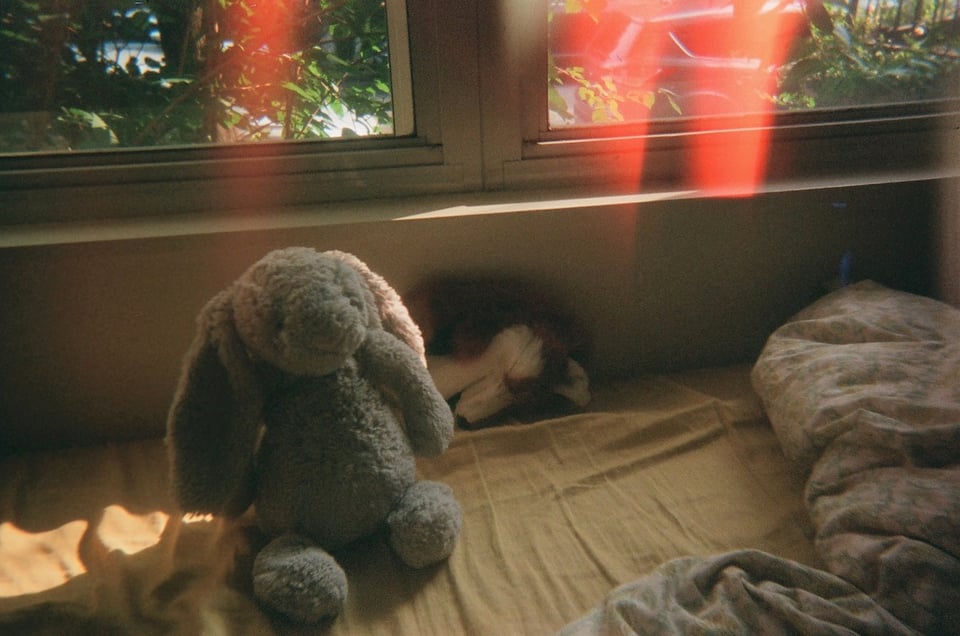
I hadn’t expected much from the disposable Kodak film camera we’d bought for our daughter’s trip to camp last summer. The cheerful, charmless plastic rectangle was a lonely heir to what was once a global empire of consumer celluloid, and its rules and limitations already felt like holdovers from another epoch. No, we explained, you can’t see the pictures right away. Yes, you can only take 27 of them—a constraint that she found extremely vexing.
But when we got the pictures back, I was bowled over. Not all of the shots came out, but the ones that did were startling in their beauty: the soft but vivid colours, the forgiving latitude of the emulsion, little accidents like the almost supernatural lens flares that would dart in from out of frame.
Shit, I thought. Some of these are better than anything I’ve ever shot on any digital camera, and this is just a cheap fixed-focus disposable handled by a child with zero experience. What the hell have we lost here?
I was overreacting! I’m not going to go off on the superiority of analog or how they don’t make them like they used to. I’m not romantic about VHS tapes or vinyl records (which I don’t think sound any better than digital files, in any sense that wouldn’t be lost on my tinnitus-addled ears anyway). I find that kind of thinking to be backwards-looking, selective in its memory and almost always a victim of a kind of aesthetic survivorship bias.
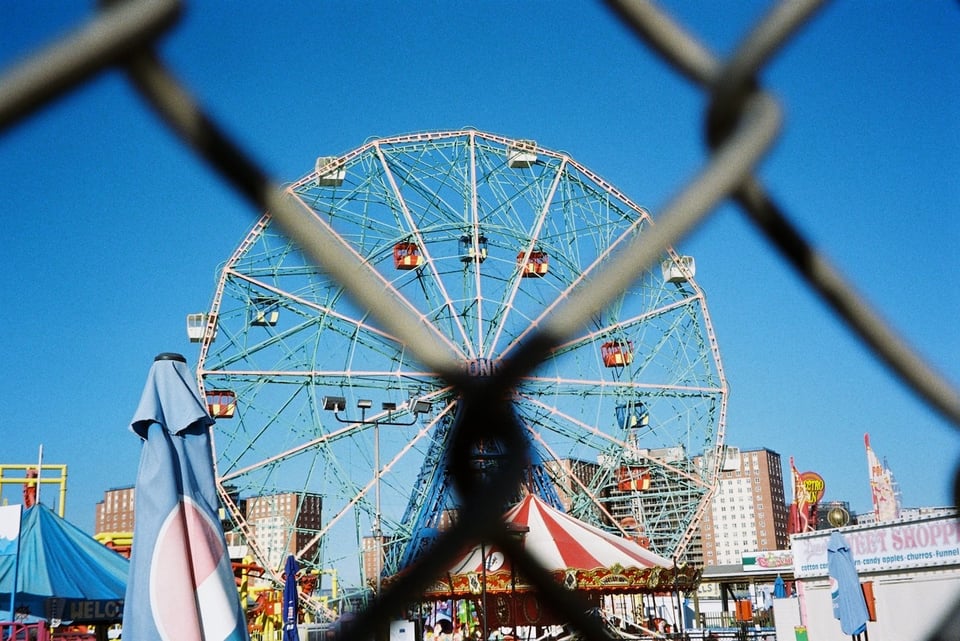
I’d had a similar feeling before, and it had had nothing to do with analog vs. digital. When I first started this newsletter, I often found myself looking for images to pair with my writing. At that point, I had convinced myself that iPhone photography had advanced so rapidly that I wouldn’t need a camera anymore. But going through my archive of photos, mostly taken with an aging digital Canon SLR from 2006, I realized that all my iPhone shots looked like dogshit in comparison and I had to go back to using a real camera again.
All this to say, I’m not going to argue that film images are superior to digital. But you’d be crazy not to acknowledge that they look categorically different, in a way that goes beyond fidelity. (Vinyl might sound better to your ears, but you wouldn’t put it in its own unique aesthetic category;1 what you get is a different version of the same recording.)
The aesthetics just moved me on some deep level. I felt I needed to get my hands on film again, so I bought a cheap Samsung point-and-shoot and some Kodak 200 film from a local outfit that specializes in vintage cameras. This is as un-romantic a camera it possible to imagine, the kind of thing you would have bought at a drugstore in 1998, with a zoom lens that protrudes like a ridiculous little snout. It was intended for vacation snaps, it has no manual controls, it was not built for art. And yet it produces images rich and singular and strange.
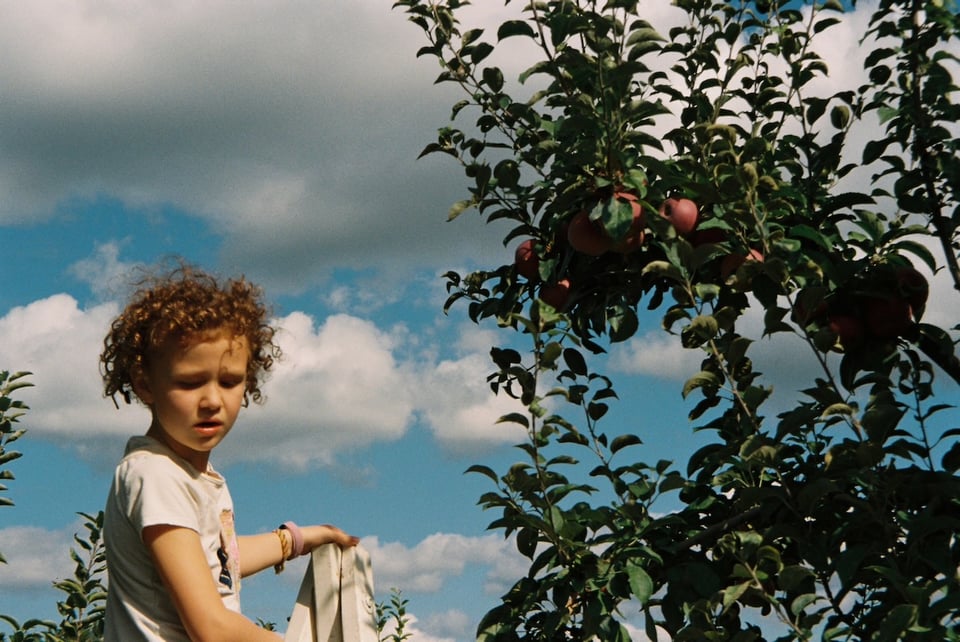
Using it, I realized I needed to re-learn how to take, or make, a picture. The considerations and context were all different. Even before printing, each shot costs me about $1-$2. Each one has to count. (On a recent week in Prince Edward Island, I took almost 1000 digital photographs, which sort of disgusted me afterwards. Most of them were bad! Taking 100 bad pictures to get a good one is a digital luxury.)
After a several-week interval, I tend to find that most of my shots have not “come out”—the focus is all wrong, or the camera wasn’t steady enough, or an important subject has been vaporized by the flash. Film is a medium of delayed, steady disappointment. This changes the calculus every time I press the shutter button. Is this image really worth it, or am I just taking a picture because I’m bored? Do I think it might turn out sharp, or will the framing confuse the camera’s lousy auto-focus? While I’m deliberating, I miss the shot.
The thing is, when they hit, they hit.

Film photography also demanded a new relationship with time. When you used to take a picture, time itself would stop. Everybody would pose, look at the camera, say cheese. We don’t really do that anymore, save for the occasional group dinner or family vacation. (Karen likes to talk about how in the early days of video cameras, people would walk around parties with them, and everybody would stop and talk to the camera. Now they’re just ubiquitous, everybody’s always filming, we’re used to it.) This probably makes digital pictures more realistic, more documentary-like, but absent a self-conscious style of self-presentation that had its own fourth-wall-breaking charm.
Some of this thinking I’ve brought back to my digital photography (largely trying to be a bit more intentional about when I take a picture), but it doesn’t really explain why film feels so different.
I think it has something to do with memory. When I look at old photos, I realize they are what my memories of those times look like. They are what my dreams used to look like. Childhood is grainy, with soft film colours. Fuzzy VHS images, badly tracked. The 2000s I remember in “party mode,” a weird feature on my Nikon Coolpix 5200 (digital) that used the flash but held the shutter open a bit longer than usual ostensibly in order to capture backgrounds, but which often captured a hallucinogenic light-streaking look I associate with late nights and dance parties.
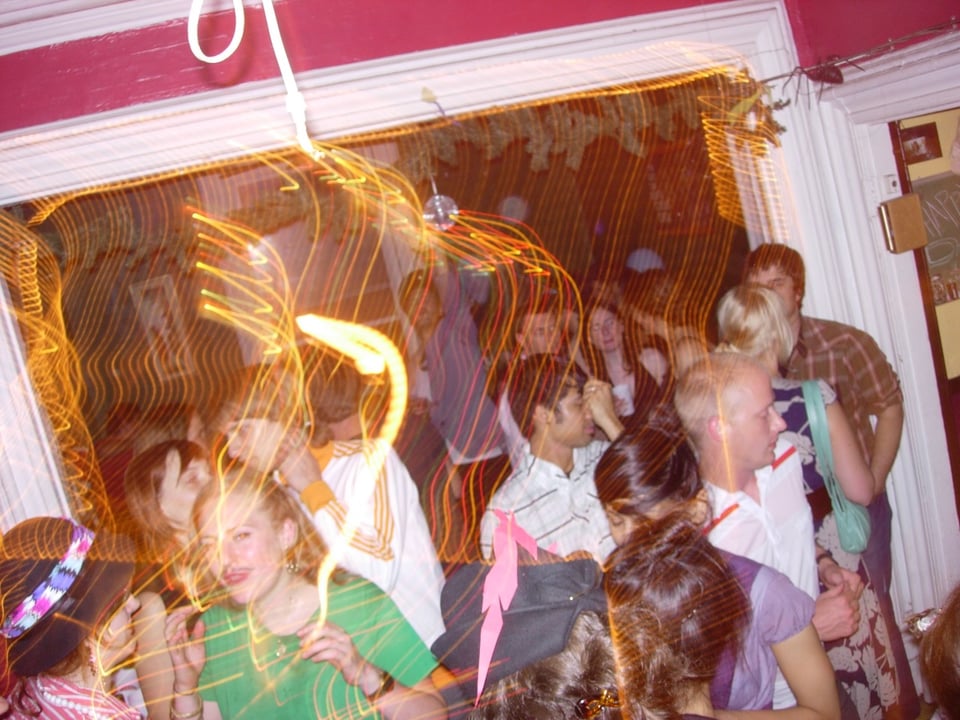
When I see my daughter in film, or recent experiences, it short-circuits the areas in my brain that handle deep memory and nostalgia. It makes me think about how few photos of myself as a child I have—a few dozen at most. My childhood memories are spotty, and largely coalesced around those images. But I have literally thousands of pictures of my daughter, in the early years several per day, and I wonder—what will her memories look like when she’s my age?
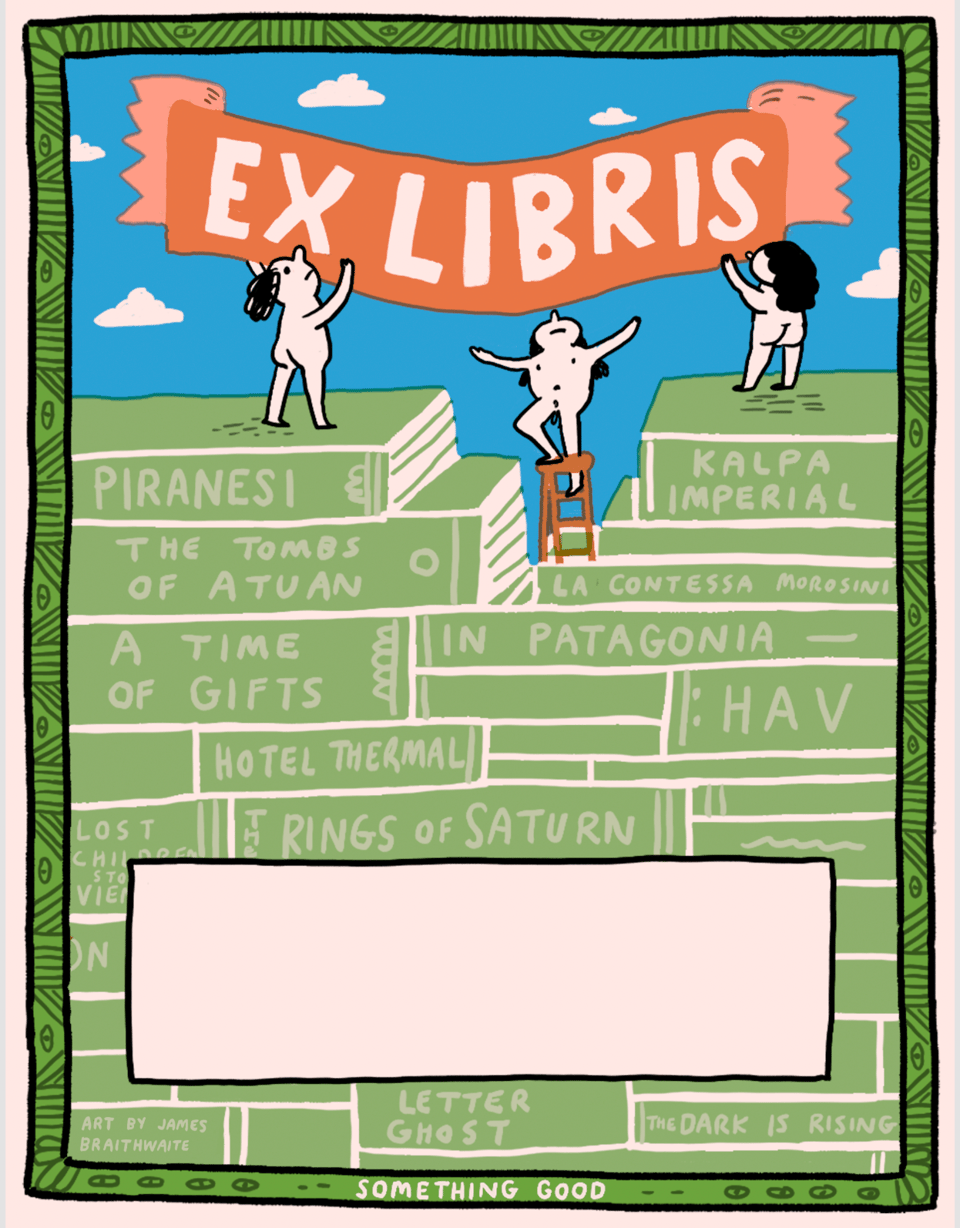
You may remember a fundraiser last year in which I asked readers to contribute to Doctors Without Borders, in exchange for which I would mail you a beautiful bookplate designed by friend of the newsletter James Braithwaite. This was a great success, raising over $5,000 for this important organization, whose work, I am sad to report, is as urgent as ever.
As it turns out, printing stuff like bookplates only really makes sense at scale. Meaning: I had to print a LOT of them, and have tons leftover.
The idea is this. Donate to my fundraiser (or separately on your own) and email me with your mailing address, no matter where you live in the world. I’ll match contributions up to at least $1,000, and probably more. Then I will send you a handful of bookplates, to use as your please. It’s that easy!
Just to make it clear:
Receive nice bookplate
I’m not gonna try and match last year’s total but it would be nice to get into the four-digit range. I don’t ever ask for money over here at the newsletter so if you want to support me somehow, this is your chance.

Nobody correctly answered the question to last issue’s contest: “Who is this young girl?” In fact, only one person wrote in. And they were wrong. But I applaud them for trying.
The answer is a four-year-old Agatha Christie, as painted by Douglas John Connah, an American-born painter, in 1894. The title of the painting is “Lost in Reverie.”
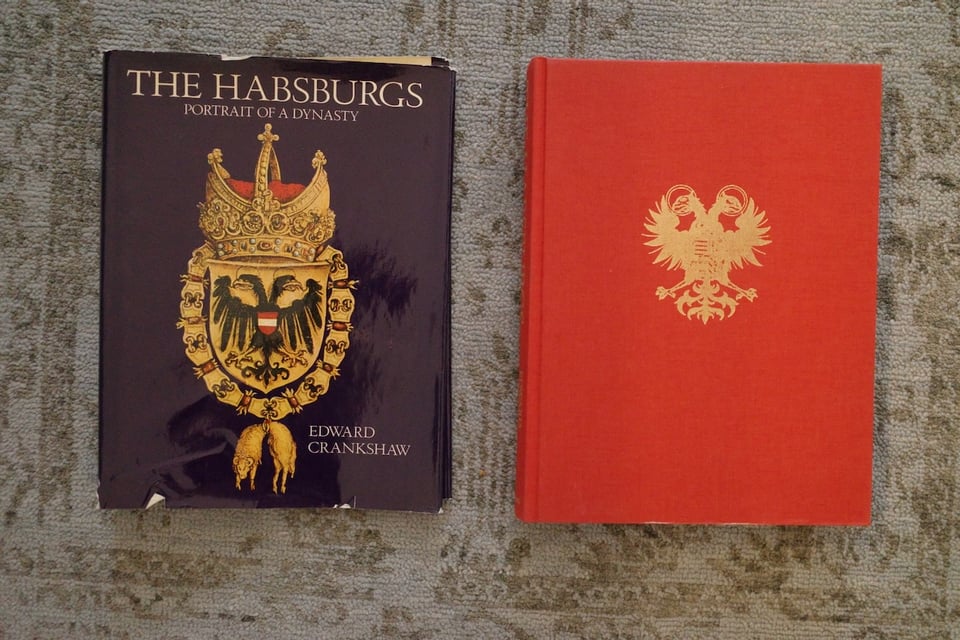
This edition of #nojacketsrequired comes courtesy of myself, or more specifically my aunt Jolanta and uncle Seymour, in whose house I found the above. Remember! I always like to receive submissions of your dejacketed discoveries, so please send me some!

This has been Something Good. Don’t forget to donate. Next time, a winter reading list I’m excited about. And if you like what you read here, please share or subscribe!
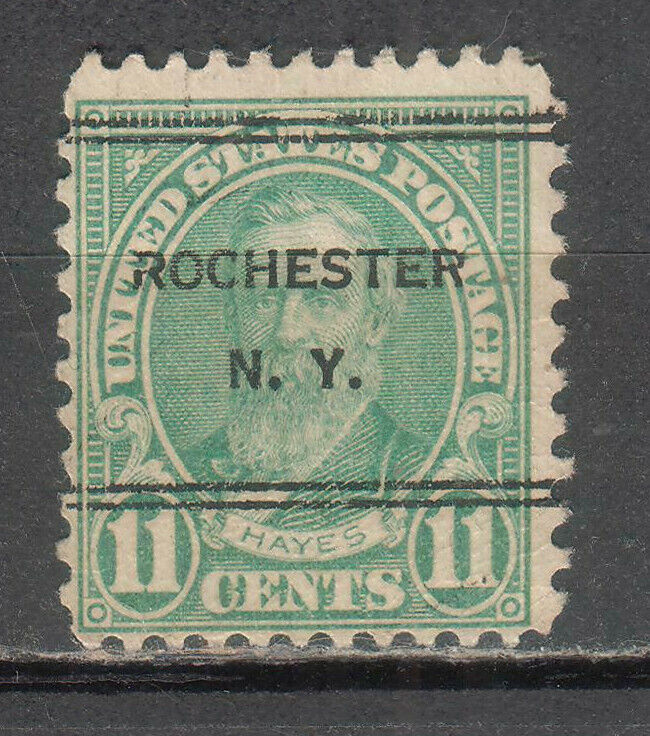
Well, I’m sure some of you would, but you get what I mean. ↩
-
is it even a picture of a party without the party mode light trails? i think not. that’s what the kids get wrong when trying to recreate the early 00s party aesthetic for their indie sleeze pics. party mode is essential. according to my memory that’s even what it looked like in person, but admittedly there might be some other contributing factors.

Add a comment: